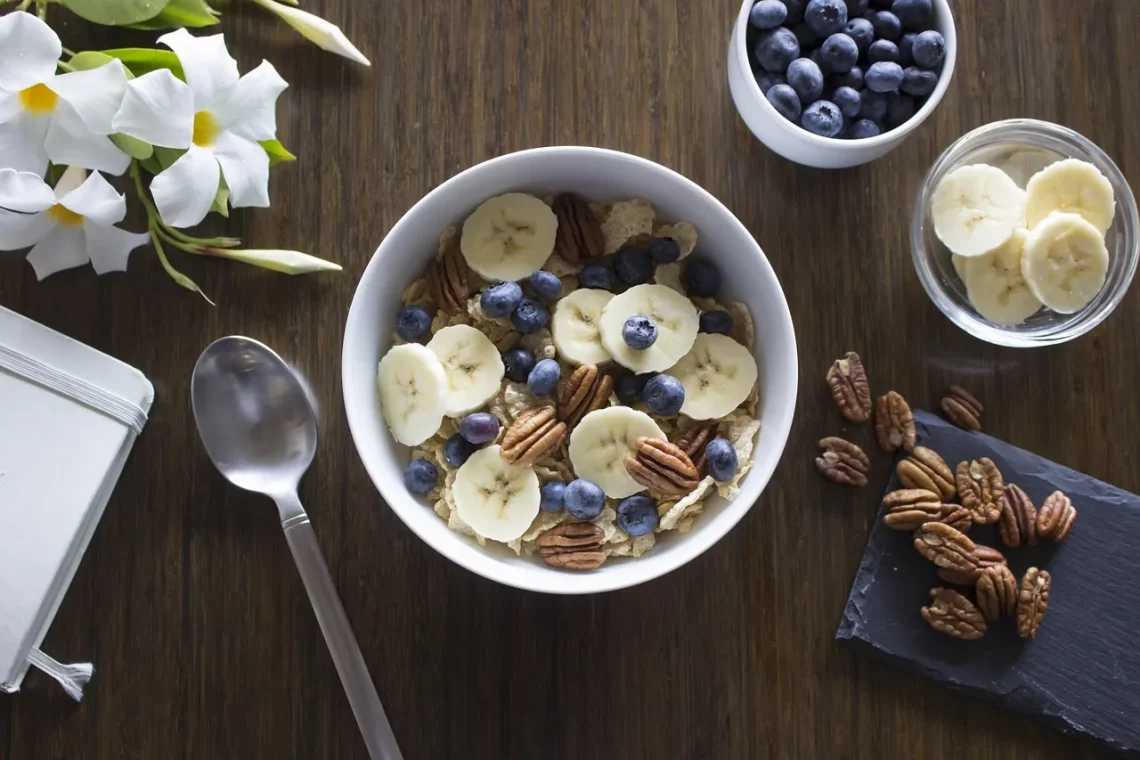
Fruity Pebbles Nutrition Facts: What You Need to Know
Fruity Pebbles, a colorful and nostalgic breakfast cereal, has been a staple in many households for decades. Known for its vibrant hues and sweet, fruity flavor, this cereal appeals to both children and adults alike. Often associated with fun and creativity, Fruity Pebbles has managed to carve a niche in the market, making it a favorite for those seeking a quick and exciting breakfast option.
The cereal is not just a delightful addition to your morning routine; it is also a subject of interest when it comes to nutrition. With growing awareness about dietary choices and their implications on health, understanding the nutritional content of popular cereals like Fruity Pebbles is essential. Many consumers are becoming increasingly cautious about what they eat, particularly regarding sugar content, artificial ingredients, and overall nutritional value.
In this context, it’s vital to examine the nutritional profile of Fruity Pebbles, looking beyond the fun colors and sweet taste. By delving into its ingredients and nutritional benefits, we can gain a clearer understanding of how this cereal fits into a balanced diet. Whether you’re a fan of the cereal or just curious about its nutritional aspects, the insights provided here will help you make informed choices.
Nutritional Breakdown of Fruity Pebbles
Fruity Pebbles is primarily made from rice and sugar, with the addition of various fruit flavors and colors. A standard serving size of Fruity Pebbles is typically around 1 cup, which provides a specific nutritional profile that many consumers may find interesting.
One of the most notable aspects of Fruity Pebbles is its carbohydrate content. Each serving contains a significant amount of carbohydrates, primarily from sugars. This is crucial for those looking for a quick energy boost, especially in the morning. However, the sugar content also raises some concerns. With about 13 grams of sugar per serving, it can contribute to a high daily sugar intake if consumed regularly.
In addition to carbohydrates, Fruity Pebbles contains a small amount of protein—approximately 1 gram per serving. While this isn’t particularly high, it is common for cereals, especially those that are not marketed as high-protein options. The protein content in Fruity Pebbles is not sufficient to keep you feeling full for a long time, which is something to consider when planning your breakfast or snack options.
Fruity Pebbles also provides some essential vitamins and minerals. Most notably, the cereal is fortified with vitamins such as B vitamins, including niacin and folic acid, which can play a role in energy metabolism and overall health. However, it’s important to note that these vitamins are added during processing and may not be as beneficial as nutrients obtained from whole foods.
In terms of fat content, Fruity Pebbles is relatively low in fat, containing less than 1 gram per serving. This makes it a suitable option for those looking to limit their fat intake. However, the lack of healthy fats also means that it may not provide the satiety that some individuals seek in their morning meals.
Overall, Fruity Pebbles can be a fun and tasty addition to your diet, but it’s essential to consume it in moderation. Balancing it with other nutrient-dense foods can help mitigate the high sugar content and ensure a more balanced breakfast experience.
Ingredients and Allergens
Understanding the ingredients in Fruity Pebbles is crucial for those with dietary restrictions or allergies. The primary ingredients include rice, sugar, and various fruit flavorings. The rice is often processed into a puffed cereal form, which contributes to its light texture and crunch.
One of the common concerns regarding Fruity Pebbles is the presence of artificial colors and flavors. The cereal is known for its vibrant colors, which come from synthetic dyes. While these colors may make the cereal visually appealing, some people prefer to avoid artificial additives in their diets due to potential health concerns.
In addition to artificial ingredients, Fruity Pebbles is also gluten-free, making it a popular choice for individuals with gluten sensitivities or celiac disease. However, it’s essential to verify this based on the packaging, as manufacturing practices can change, and cross-contamination may occur.
For those with specific allergies, it’s important to note that Fruity Pebbles contains no nuts or dairy ingredients, making it suitable for various dietary needs. However, it’s always advisable to check the label for any potential allergens, as formulations can change over time.
Another point to consider is the overall processing of Fruity Pebbles. Like many breakfast cereals, it undergoes significant processing, which can strip some of its natural nutrients. This is a common issue with many cereals on the market today, where the focus on taste and shelf appeal often overshadows nutritional integrity.
In summary, while Fruity Pebbles can be a fun and enjoyable cereal option, those with dietary restrictions should carefully examine the ingredient list and allergens. Being informed about what you consume is key to maintaining a healthy and balanced diet.
Fruity Pebbles in a Balanced Diet
Incorporating Fruity Pebbles into a balanced diet can be a delightful way to enjoy breakfast, but moderation is key. Given its high sugar content and low protein levels, it may not be the best standalone breakfast option. However, when paired with other nutritious foods, it can contribute to a more balanced meal.
One way to enhance the nutritional profile of Fruity Pebbles is to combine them with yogurt or milk. This addition provides protein and calcium, which are essential for bone health and overall well-being. A scoop of fruit or nuts can also elevate the nutrient density of your breakfast, providing additional vitamins, minerals, and healthy fats.
Another approach is to use Fruity Pebbles as a topping for smoothie bowls or oatmeal. This can add a fun texture and flavor while ensuring that the base of the meal is more nutrient-dense. For instance, a smoothie made with spinach, banana, and almond milk topped with a small amount of Fruity Pebbles can create a colorful and balanced breakfast.
It’s also worth considering portion control. A smaller serving of Fruity Pebbles can satisfy your craving for something sweet without leading to excessive sugar intake. Pairing it with whole grains or high-fiber options can also help you feel fuller for longer, reducing the likelihood of snacking later in the morning.
Lastly, being mindful of your overall dietary habits is essential. If you enjoy Fruity Pebbles, consider limiting them to occasional treats rather than daily breakfasts. This approach allows you to savor the cereal’s fun flavors without compromising your health goals.
In conclusion, while Fruity Pebbles can be a fun and enjoyable part of your diet, it’s crucial to balance it with other nutritious foods. By doing so, you can enjoy its taste while maintaining a healthy lifestyle.
*Disclaimer: This article is for informational purposes only and does not constitute medical advice. For any health concerns or dietary changes, it is always best to consult with a healthcare professional.*




